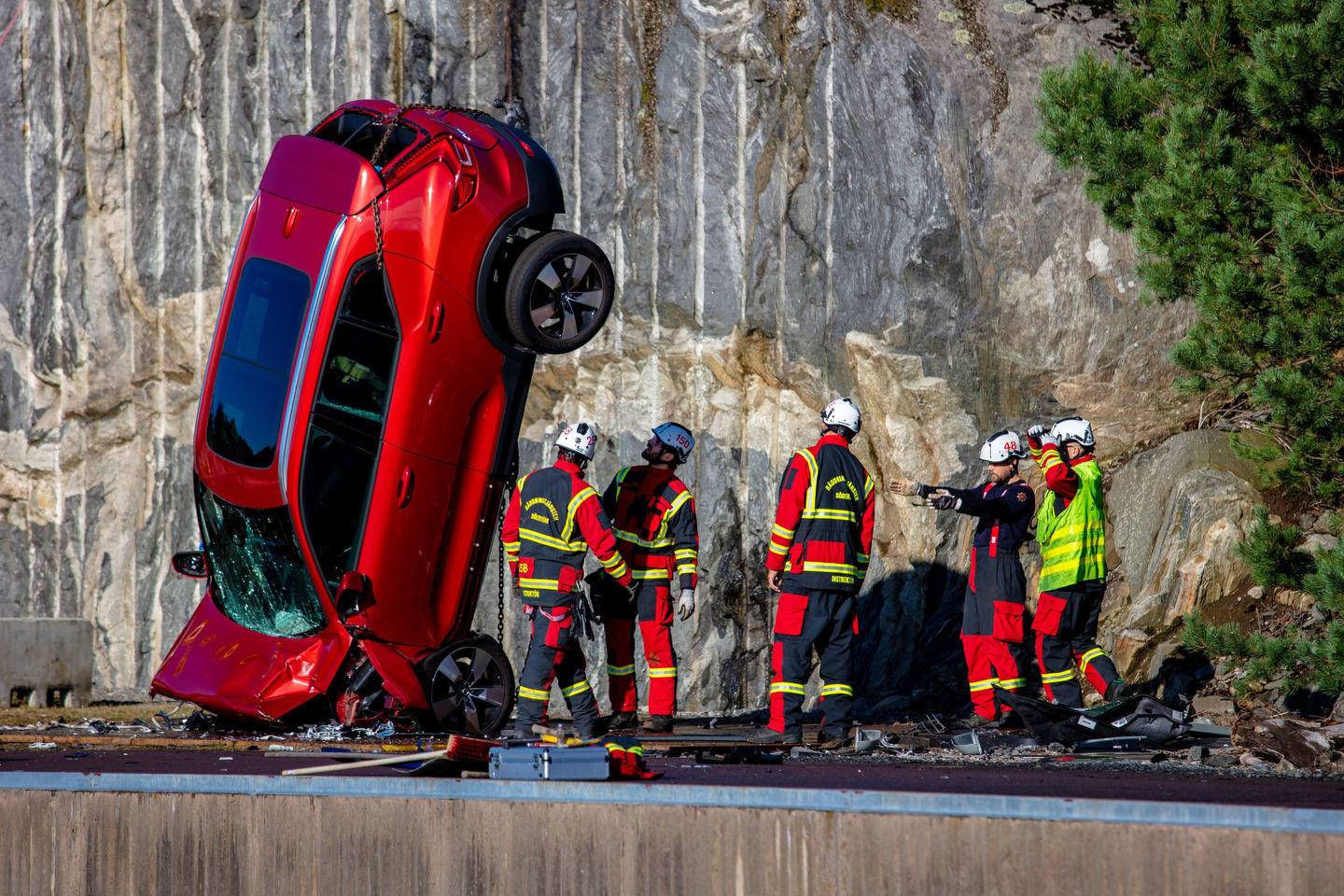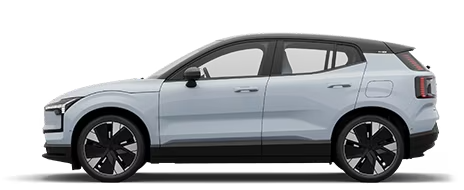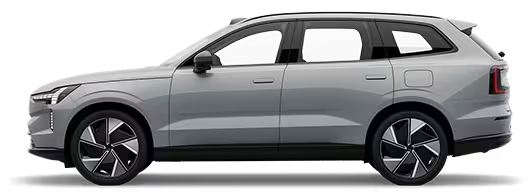Volvo's Cutting-Edge Safety Technologies: Pioneering a Safer Tomorrow
August 30 2023,

Safety has always been at the core of Volvo's DNA. Since the inception of the company, it has been more than just a selling point—it's a commitment. Volvo's relentless pursuit to eliminate fatalities and severe injuries in their new cars as soon as possible has led them to innovate some of the industry's most groundbreaking safety technologies. Let's delve into some of the most impressive feats of engineering that showcase Volvo's dedication to road safety.
- WHIPS (Whiplash Protection System):
Whiplash injuries are common in rear-end collisions. Recognizing this, Volvo developed WHIPS, a system integrated into the front seats that cradles the spine and neck in a controlled manner. This tech has significantly reduced short and long-term injuries from such incidents.
- BLIS (Blind Spot Information System):
A game-changer in automotive safety, BLIS uses radar sensors to detect vehicles in the driver's blind spots. If a vehicle is detected, a light illuminates on the respective side mirror, providing drivers an essential heads-up.
- City Safety:
Introduced in 2008, City Safety was a leap forward in preventing low-speed collisions. It employs a combination of radar and camera technologies to monitor traffic up ahead. If a potential collision is detected and the driver doesn't react in time, the system automatically applies the brakes, reducing the severity of the impact or preventing the collision entirely.
- Pedestrian and Cyclist Detection:
Expanding on City Safety's prowess, this tech detects pedestrians and cyclists in the car's path. If they are at risk and the driver doesn’t respond, the system provides a warning and can autonomously brake if necessary.
- Run-off Road Protection:
Venturing off the road can be catastrophic, but Volvo has a safety net for that too. When the car detects that it has left the road, the front seat belts tighten to hold the passengers firmly in place. Additionally, Volvo’s seats are designed to absorb the vertical forces from a hard landing, reducing spinal injuries.
- Pilot Assist:
Merging the realms of safety and automation, Pilot Assist is Volvo's semi-autonomous driving aid. It provides steering assistance and maintains the car's speed relative to the vehicle in front, offering a more relaxed, controlled, and ultimately safer driving experience in heavy traffic.
- Large Animal Detection:
The risk of colliding with a large animal is real in many parts of the world. Volvo's Large Animal Detection scans for creatures like deer or moose and warns the driver of potential collisions. If the driver doesn’t respond in time, the car can brake automatically.
- Side Impact Protection System (SIPS):
A classic but continuously improved system, SIPS works by spreading the force of a side impact away from the passengers to various parts of the car body. This distributes the force more evenly, reducing the risk of injury.
Conclusion:
Volvo's dedication to safety isn't just about innovative technologies—it's about a holistic approach that merges design, technology, and human-centric solutions. By pushing the boundaries of automotive safety, Volvo doesn't just make safer cars for its drivers and passengers; it contributes to a safer driving environment for everyone on the road. As we drive into the future, one can only anticipate the next pioneering step from this industry leader.

























